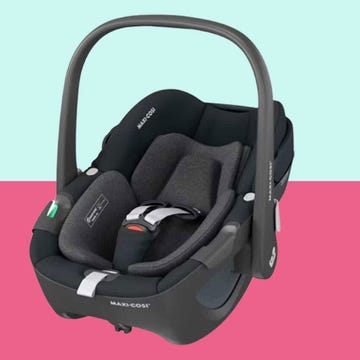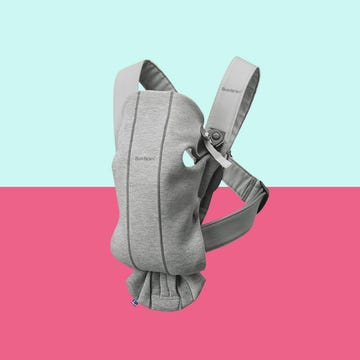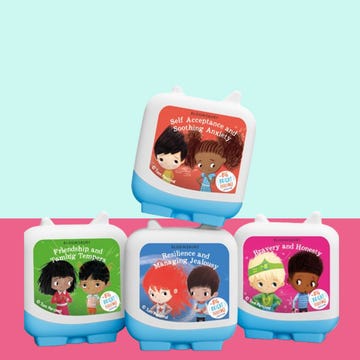We earn a commission for products purchased through some links in this article.
12 best breast pumps to make expressing as comfortable as possible
We put them to the test in the lab and with mums at home

Breastfeeding can take both an emotional and physical toll on the body, but investing in the best breast pump can help make the process as easy and comfortable as possible.
As with all parenting buys, from the best cots to the best pushchairs, there's a lot of choice on the market. That's why our parenting expert at the Good Housekeeping Institute has spent time testing the market-leaders in the lab, as well as sending them out to our panel to use everyday – to help both first-time parents and expressing veterans decide which one is best for their needs and budget. .
The best breast pumps to shop in 2025
These are our experts' top-rated buys at a glance, but scroll on for the full reviews. We also spoke with Louise Broadbridge, aka The Honest Midwife, for her expert advice on what to consider before you buy.
Do I really need a breast pump?
Whether you need a breast pump or not depends on if you decide to breastfeed. If so, there are many reasons why you might want to invest in one. “It may be that you're returning to work and wish to express so your baby can still get breast milk during the day, or it may be that you want to share the feeding with your partner,” explains Broadbridge.
“Parents with babies that are born prematurely or spending time in the newborn unit may need to use a breast pump if their baby is unable to latch,” she adds.
How do I choose the right breast pump for me?
There are two different types of breast pumps.
Manual: These pumps manually extract your milk, without the need for power, which means you have ultimate control over how strong the suction is. They're quiet, easy to use and generally cheaper.
Electric: Powered by a rechargeable battery or mains electricity, electric pumps usually have adaptable speeds and suction power. Once positioned correctly, away they go! They may be a better option for women who want to maintain their supply when they go back to work or are looking to increase supply in the early days. Some are also hands-free and can be placed inside your bra, allowing you to get on with life as you pump.
You can also choose between single or double pumps. The first is often cheaper but will take longer as you have to switch sides, while a double lets you pump from both breasts simultaneously.
“The most important thing to remember is that you can have the best breast pump in the world, but if you're uncomfortable or stressed, your body is likely to release less milk, so staying relaxed is key,” says Broadbridge.
What features should I look for in a breast pump?
The Honest Midwife breaks down the main features to consider below.
Adjustable suction levels: This allows you to find the most comfortable setting. We’ve made a note of the highest level of suction offered by each pump in our key specs section below. It usually sits at around 200 mmHg. Generally, a higher suction level means more power, and thus better suction strength. To collect an optimum amount of milk, you’ll need to adjust suction levels in the stimulation and expression phase. What works for you will be a case of trial and error, and most models on our list have a range of settings to try.
Double pumping capabilities: This saves time and increases efficiency.
Comfortable flange sizes: A proper fit is crucial for effective and pain-free pumping.
Ease of cleaning: Pumps with fewer parts are easier to clean and sterilise.
Portability: Consider battery-operated or lightweight models if you'll be pumping away from home.
Quiet operation: Especially important if you’re pumping at work or during the night.
Will pumping every two hours increase milk supply?
In theory, regular pumping can help to increase supply, as this mimics the baby’s natural feeding rhythm, and the emptying of the breast tells your body to increase milk supply. However, it’s not always as straightforward as that.
“Your body releases hormones to stimulate the release of milk when feeding,” explains Broadbridge. “These hormones are directly related to your emotions and may not flow as freely if the stimulus is a breast pump.”
Frequent emptying of the breasts does signal to the body to produce more milk; however, it’s important to find a balance, as pumping excessively can lead to exhaustion or even oversupply issues. “If your baby is going to the breast well, I would always advise that you allow them to feed at the breast first and then, once you're happy that baby has finished, spend 10 minutes after the feed pumping,” says Broadbridge.
“You may not need to increase your milk supply, so I would only recommend trying to do so if there are concerns about your baby's feeding and/or weight gain,” she adds.
When to start pumping after birth?
Broadbridge tells her expectant mothers to focus on breastfeeding first, if that's what they choose to do. “I would advise trying to get breastfeeding well-established before trying to master the pump,” she says. “Nothing will stimulate the milk production system as well as your baby, and the first two weeks are a key time to get a good supply going.
“A good time to start expressing would be between four and six weeks, once you're confident with how things are going. Remember though, what you read both here and online is offered as a guide.” Eery experience differs.
For confidential breastfeeding information and support, call the National Breastfeeding Helpline on 0300 100 0212.
How we test breast pumps
In the Good Housekeeping Institute lab, we evaluate the pump’s usability, including whether it fits comfortably inside a bra. We assess the weight, the pump's ability to stand on its own after use, how easily the milk can be poured into bottles or storage containers and, where relevant, we assess the screen, range of settings and battery life.
We also review the instructions, and any additional resources such as videos or apps. We test the different modes, such as let-down and expression, and check how easy it is to assemble, clean and store, plus if extra parts or spares are readily available. Finally, we examine the overall design, durability and quality to ensure it’s well-made and durable.
We also send each device out to a panel of parents, including both first-time mums and those who've expressed before. They tested the pumps out at every stage of their baby's feeding journey and then gave detailed feedback on design, instructions, ease of use and overall performance.
And while we’re confident in our thorough reviews, a final note from The Honest Midwife: “It’s important to note that every mother and baby duo are different, and nothing will beat a full assessment from your midwife or lactation consultant to put together a plan that is right for you,” she says.
Madeleine is our Lifestyle Writer, specialising in expert-tested reviews and round-ups on the latest beauty Beauty and Health & Wellness products. From skincare to protein powders, Maddie is committed to providing honest and helpful reviews to help guide readers to the best product for them. Maddie has a BA in English Literature and Language, which stemmed from her lifelong interest in reading and writing. She started her post graduate life at Hearst UK within a marketing capacity, which quickly turned into a desire to fulfil a writing career.
When she is not writing about the latest expert reviewed products, you can find her rifling through vintage shops or car boots, reading a print magazine, or capturing portraits on her film camera.
Sally J. Hall is a parenting tester for the GHI, reviewing everything from bedside cribs and pushchairs to nappies. She has written extensively on pregnancy, birth and the health and development of both pregnant mums and their babies. She has in-depth knowledge of the parenting world, has tested thousands of products and is passionate about finding those that make parents’ lives easier.
Sally has worked on many major UK parenting titles and was previously editor of both Emma’s Diary and Bounty. With extensive contacts across the parenting industry, she published B Baby Magazine for eight years, which covered the private maternity market across the UK and is the author of books Plant Based Baby and Eco Baby.


17 best baby sleep aids to buy now
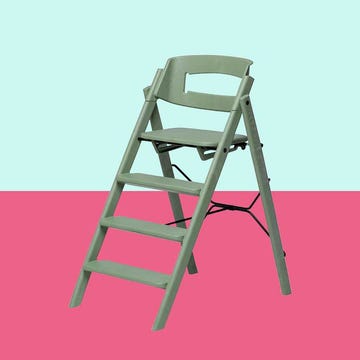
7 best highchairs for happy mealtimes
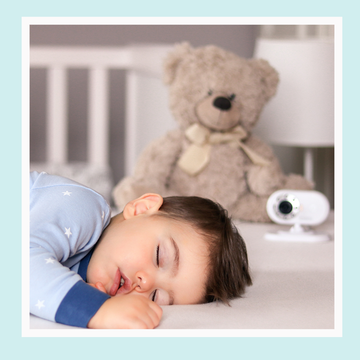
9 best baby monitors to keep an eye on little ones

The best headphones for babies














